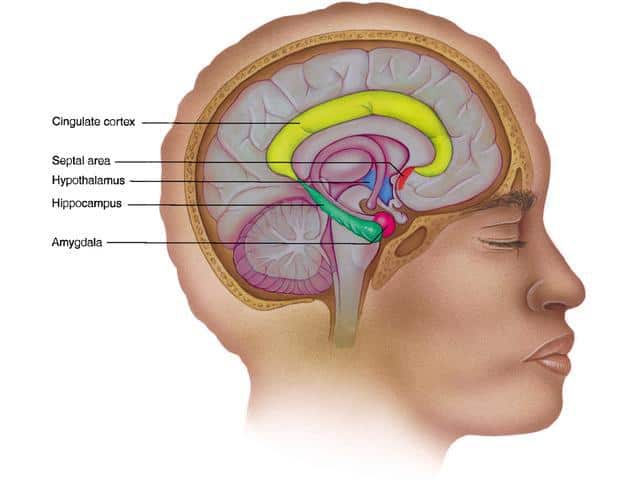| Product name | Pramiracetam |
| Chemical name | N-[2-(diisopropylamino)ethyl]-2-oxo-1-pyrrolidineacetamide |
| Other names | CI-879, Diisoprop-yl-(2-oxopyrrolidin-1-yl)acetamide, CI879 |
| CAS NO | 68497-62-1 |
| Molecular Formula | C14H27N3O2 |
| Molecular Weight | 269.3831 |
| Specification | 99% |
| Test method | HPLC |
| Appearance | White to off-white crystalline powder |
What is Pramiracetam?
Pramiracetam, according to Wikipedia, belonging to the racetam family of nootropics, has many other names, such as trade name Remen (Parke-Davis), Neupramir (Lusofarmaco) or Pramistar (Firma).Pramiracetam is a nootropic drug derived from piracetam, but is much more potent that.
Pramiracetam is a lipid-soluble moleculte and a exhibits a high-affinity choline uptake (HAUC)–thus, supplementation with choline or cholinergic substances (e.g. alpha GPC) is recommended. Pramiracetam has a similar chemical structure to aniracetam but is 15-30 times stronger than aniracetam and the majority of racetam derivatives. Additionally, Pramiracetam is fat soluble, so absorption is maximized when Pramiracetam is taken with a meal rich in healthy fats. This also makes pramiracetam one of the strongest racetams available, reportedly to increase the long term memory of users and is used in the treatment of Alzheimer’s disease.
Mechanism Of Action of pramiracetam
How pramiracetam works? Pramiracetam does not seem to influence the brain in a similar manner like other racetams like noopet, aniracetam,etc via the dopaminergic or serotonin receptors. There seems to be no direct action on stimulating neurotransmitter release. Acetylcholine, GABA, serotonin, dopamine and adrenaline are left relatively unchanged following pramiracetam consumption.

Research in animals has indicated pramiracetam can enhance high affinity choline uptake (HACU) in the hippocampus. HACU is the primary way the brain “sucks up” free circulating choline which is used to produce acetylcholine, a vitally important neurotransmitter involved with memory and learning.
The hippocampus is an area of the brain important for the storage of short term and long term memories . Interestingly the hippocampus in rodent brains is thought to be responsible for spatial navigation and pramiracetam has been shown to reduce maze navigation time.
This suggests that one of the primary actions for pramicetam is to increase hippocampal activity via impacting the cholinergic system. As user reports frequently indicate memory and learning enhancement following pram consumption, this ties the effects and research together nicely.
Research has also noted pramiracetam is able to enhance blood flow to the hippocampus and cerebral cortex of the rodent brain. This impact was noted at whopping dose of 300mg/KG and researchers failed to find an effect at 100mg/KG, suggesting this may only occur at very high doses.
Pramiracetam appears to rather induce choline uptake in the hippocampus (the area thought to be the center of the brain for emotion & memory), and thus, requires high levels of bioavailable acetylcholine (provided by such products as Smart Powders Alpha GPC).
Noopept vs Pramiracetam: Benefits and Effects?
Noopept is more effective as a powerful neuroprotective and cognitive booster, while pramiracetam boosts memory and improves attention span and learning capability. Noopept also slightly stimulates sensory perception, increasing awareness of sight, sound, and touch. To prevent noopept brain fog, a choline supplement is recommended. Adding either supplement can provide a mental boost and a more positive attitude, as they are both very potent nootropics. Even in small doses, they will allow the user to have better mental acuity and improve memory recall. The main difference between these supplements is in their potency.
Possible Benefits of taking Pramiracetam supplements
There are many benefits to this pramiracetam, such as Increased Cognitive Performance, Enhanced Learning Ability, Increased Mental Energy, Heightened Sensory Perception.
One such benefit is the fact that it helps to raise the level of blood flowing to the brain. With this, an improved process of circulation around the brain occurs, increasing the levels of oxygen taken up by the brain and improving the metabolic rate of glucose. In this way, Pramiracetam may be able to make users feel more alert and increase their energy levels. With this, there is also the possibility of an increase in attention span and enhanced level of concentration.
As well as these benefits, Pramiracetam may be able to help with memory function and the capacity to learn. Some users also find that their fluid intelligence is enhanced after taking this supplement, helping them with certain verbal tasks. For example, some people find it easier to write, read, as well as to engage in conversation with others. As well as these everyday benefits, some testing has occurred to see whether Pramiracetam may be able to help with mental issues like dementia, ADHA, and Alzheimer’s disease with very positive outcomes.
Side effects of taking pramiracetam supplements
Pramiracetam is widely tolerated by individuals with a healthy lifestyle, and who take the supplement responsibly. However, whilst this drug is non-toxic, on rare occasions some people may experience side effects. It is also extremely important to always seek medical advice from your doctor before you begin to take Pramiracetam, as is the case with any supplement. For those unfortunate enough to experience side effects, the experience is generally reported as mild. Some users receive headaches, but these have been shown to be dissipated by introducing a choline supplement to your dosage. Choline supplements that come recommended are Citicoline and Alpha GPC.
Dosage of pramiracetam
One clinical trial described optimum piracetam dosages at 100mg per Kg body weight, whereas pramiracetam was 15mg/ Kg body weight, effectively up to 7 times stronger.
Regular doses of pramiracetam are one tablet (600mg each) once or twice daily (see notes at base of Nootropic section).
Remember that all Nootropics are synergistic with each other and with other brain nutrition products, (for example: choline, DMAE, Hydergine, Centrophenoxineetc.). When combining these products the individual doses may have to be reduced in order to avoid possible side effects of nausea and headaches.
